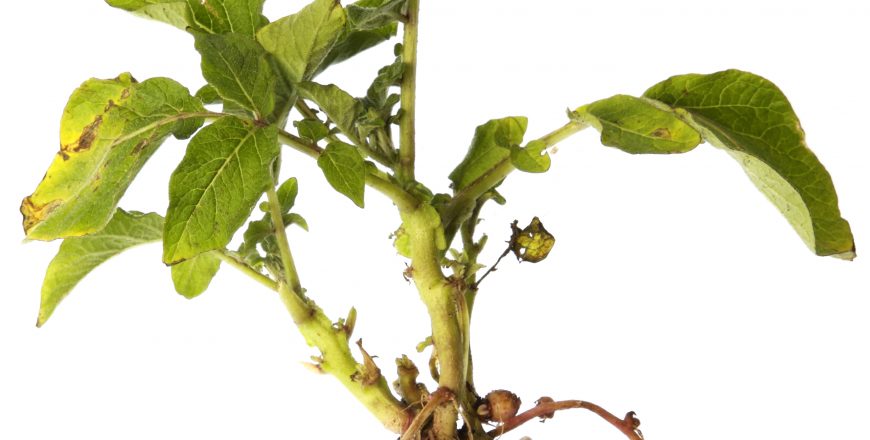These activities and experiments introduce students to the importance of the environment on plants’ growth. In other botany activity collections, the students learned that plants need sunlight, water, CO2, and nutrients to grow. But there are other environmental conditions that can affect the plant’s ability to survive and thrive in an environment. For example, it might be too cold or too warm; too wet or too dry; too much light or too little.
Ask your children if they know a plant that died. Can they guess why? Different kids will talk about different plants under different circumstances. Since the plants in those stories are different, it will be difficult to say anything general about conditions under which plants fail to thrive. Cacti, for example, prefer less water, while tomatoes require more frequent watering. If we treated cacti like tomatoes or wise versa, both plants would die.
There are two main variables that have to be considered: the type of plant and the environment. To conduct an experiment about the importance of the environment on the plant’s growth, the plant variable has to be kept constant. One way to do so is to choose seeds from the same kind of plant, but some seeds are better than others (e.g.: some plants of the same variety make it through drought and some don’t). It would be best to use identical plants, with identical DNA and thus identical genetic potential.
While it sounds like it would be hard to find plant clones, potatoes offer just that. Potato plants can reproduce by seeds or through buds on their underground tubers. A single tuber has multiple buds, all with the same genetic material. By choosing potato buds for these experiments, we can keep the one variable constant while changing another.
We hope that this section will teach you something new and make this subject enjoyable to your kids as well. For more activities and suggestions by teachers and parents on how to explore this material with kids, visit the Supermarket Science web site at www.SupermarketScience.com.

